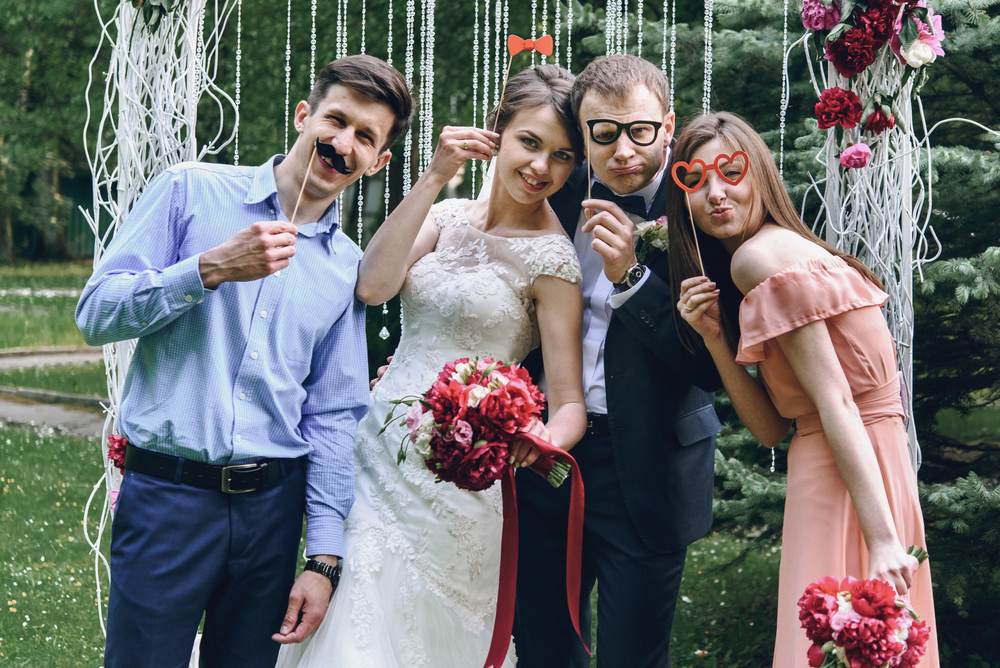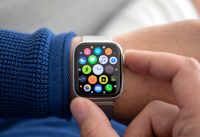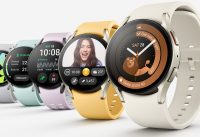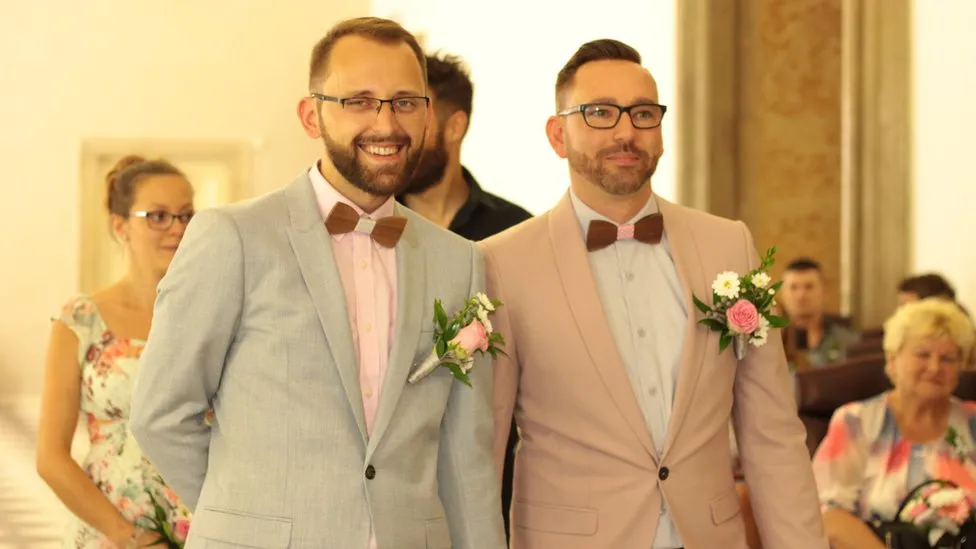How Technology is Playing an Increasingly Important Role at Weddings
The wedding of Ondrej and Jiri Vedral was a traditional ceremony, with the exception of the exchanging of smart rings.
At their wedding, Jiri and Ondrej Vedral opted for a modern twist on the traditional gold bands by exchanging smart rings.
Wearable electronic devices, known as smart rings, offer the same functions as smartwatches. Wearers of these devices can track their heart rate and make contactless payments.
The technology sector is advancing rapidly, and estimations suggest that the global sales of this sector are increasing by 21% annually. This is according to Research and Markets.
Jiri and Ondrej’s smart rings have a more romantic purpose compared to other pieces of technology – they enable them to perceive and sense the other’s heartbeat.
An application on the user’s phone is connected to each of the rings via Bluetooth. Furthermore, the app also allows for two of the rings to be united together.
When Jiri pushes on his matrimonial band, it simultaneously pulses with the rhythm of Ondrej’s heart and displays the beat as a flowing red line. Ondrej experiences the same.
As long as their respective mobile phones have an internet connection, they can get a real-time feedback on the heartbeat. In the case of one device being offline, they can access the most recently stored recording.
Jiri exclaims, “We weren’t drawn to the traditional gold and diamonds; we desired something different. We are pleased to be at the forefront of this development.”
The HB Ring, a rechargeable ring made by Czech firm The Touch, first went on limited sale in 2016. Now, however, the company is experiencing a rise in global interest due to the growth in the smart ring industry.
This year, the company has started offering another item that runs on the same technology as the smart rings – The Touch Locket. This accessory is designed to be hung on a necklace.
Those in a committed relationship can take advantage of feeling their partner’s pulse yet still choose to wear the classic wedding rings. This is the demographic this company is aiming to reach.
Jiri and Ondrej are among the growing number of couples who have integrated technology into their nuptials. Drones for aerial photography, as well as digital programs to manage budgeting and seating arrangements, have become commonplace during wedding festivities. Tech has now become an integral part of many wedding day activities.
According to Zoe Burke, the head editor for the British wedding planning website Hitched.co.uk, the utilization of technology for weddings is on the rise as people are now using their smartphones for many activities.
She states that it is assumed now that you can arrange your wedding through your mobile phone, and coincidentally, you even met your partner through your phone.
In Britain, it is reported that one-third of couples use WhatsApp to request the attendance of their wedding guests, and 60% announce their betrothal through social media.
This series looks into how technology advances are likely to form the economic backdrop for the future. Titled New Tech Economy, it examines how these novel technologies will shape the economy.
Utilizing today’s technology, couples are turning to AI software to generate the words for their wedding vows and speeches. Joy, a US-based wedding planning website, recently released a tool that can fulfill this task.
OpenAI, a tech enterprise based in San Francisco, has developed a chatbot referred to as “Wedding Writer’s Block Assistant,” which is based on ChatGPT.
Mr. Vishal Joshi, the co-founder, and CEO of Joy, expresses that instead of destroying the passion associated with composing vows or speeches, the goal of the AI system is to make life easier for people who struggle to articulate their emotions.
An inquiry conducted by Mr. Joshi revealed that 89% of people find it daunting to begin composing their wedding material. He noted that the AI application was not meant to replace the emotions of humans, but many individuals find it useful. People can use Joy’s AI-powered software to compose wedding toasts.
The outbreak of the global coronavirus has opened the door to tech-driven weddings, with couples who decided not to wait to get married being able to have their service on Zoom or broadcast it so their guests could join in remotely.
Given that virtual wedding are now associated with Covid-19 constraints, Ms. Burke has noticed a change in the attitude to them. “People aren’t streaming weddings as much anymore. They don’t want to be reminded of that period,” she stated.
Couples facing skyrocketing expenses due to inflation can use technology to cut costs. For example, they could choose to send out electronic invitations as opposed to traditional paper ones. In addition, this can also be an eco-friendly solution.
According to Rohita Pabla, a London-based wedding planner, couples increasingly consider their budget and the environment when planning their nuptials. She commented, “It’s about cost-saving and being environmentally conscious.”
On this special day, it is no surprise that many people focus on making a great impression on social media. Couples and guests share videos of the wedding and after-party on platforms like TikTok and Instagram.
At present, a popular choice for the reception scene is the incorporation of “gif booths.” These photo booths snap several shots in a row to create moving images. After the subject inputs their cell phone number, the gif is delivered promptly to the device.

For quite some time, photobooths have been a typical feature at wedding celebrations. However, they can now generate gifs too.
Ms. Pabla explains that certain duos seek to become the “Instagram couple,” hoping for their photographs to be spread across multiple social media sites.
Catering to both tech-savvy and non-tech-savvy wedding guests, couples who hire Ms. Pabla, a specialist in South Asian weddings, typically observe traditional customs while making use of tech-based solutions.
In Indian weddings, it’s customary for the bride and groom to personally provide family members and elderly attendees with a physical invitation to the nuptials.
Ms. Pabla states that copies of the invitations will be made for the couple’s parents and grandparents, yet a digital invite will suffice for their friends of the same age.
Mr. Joshi affirms that technology can help make weddings simpler and more enjoyable. However, he advises that one should not overlook the traditional romance and intimacy of weddings, which come from bringing together family and friends.




